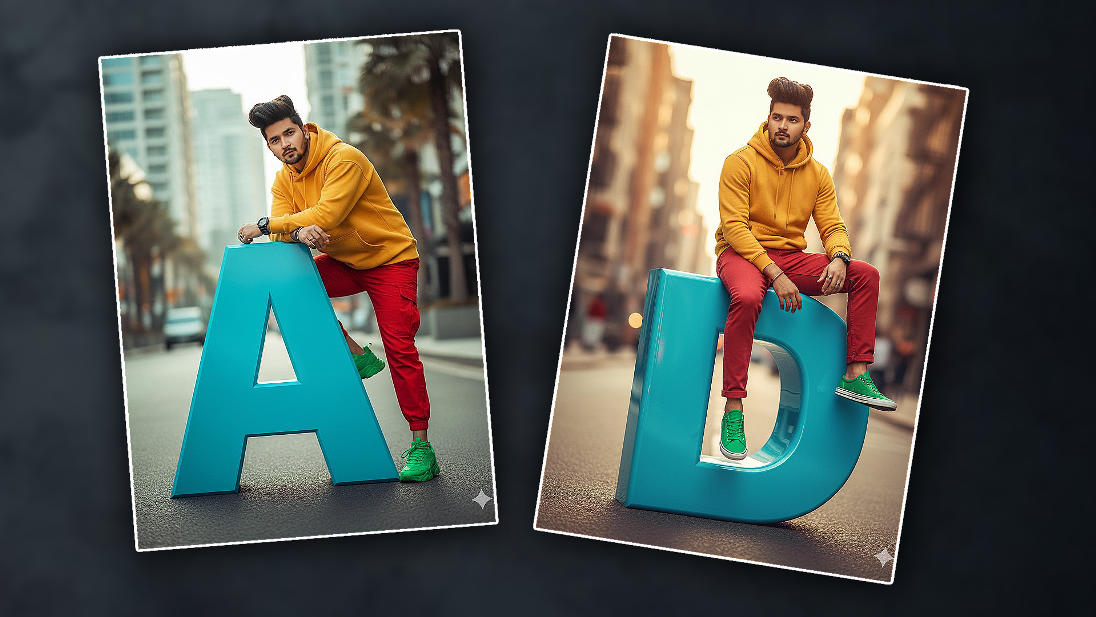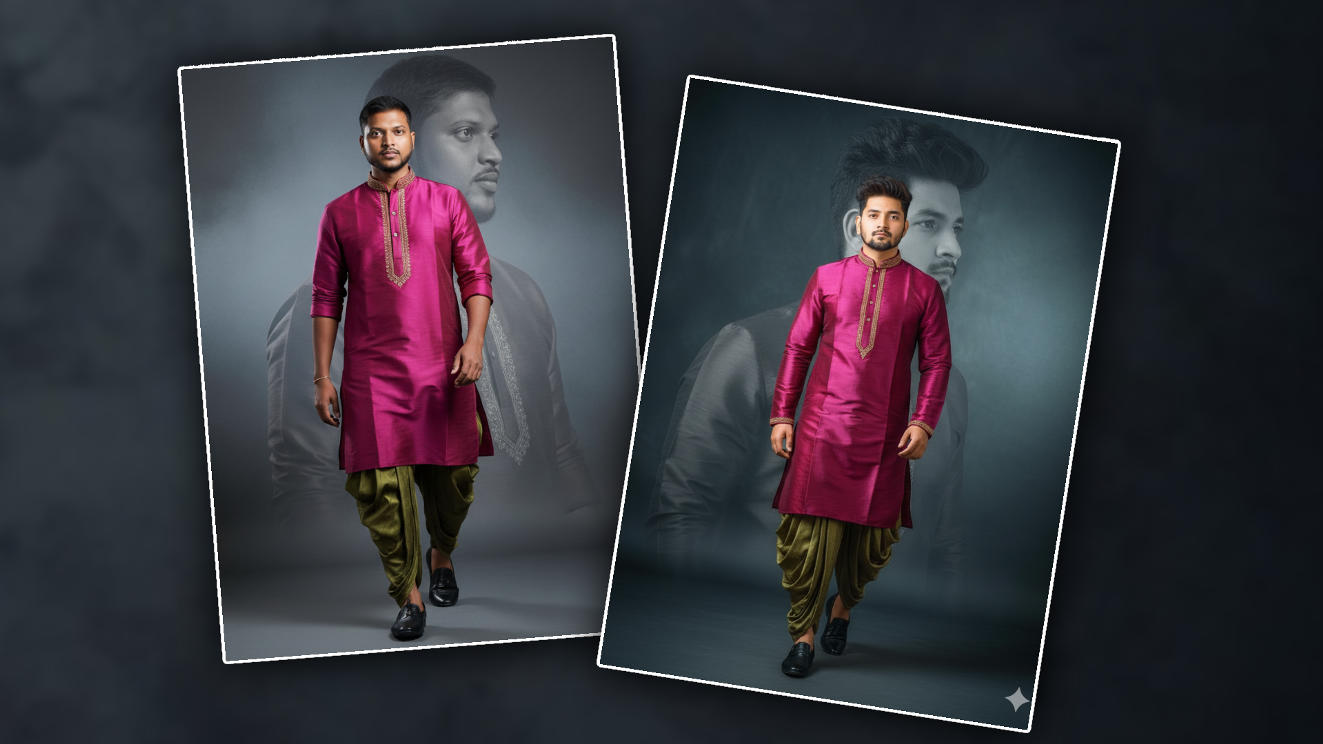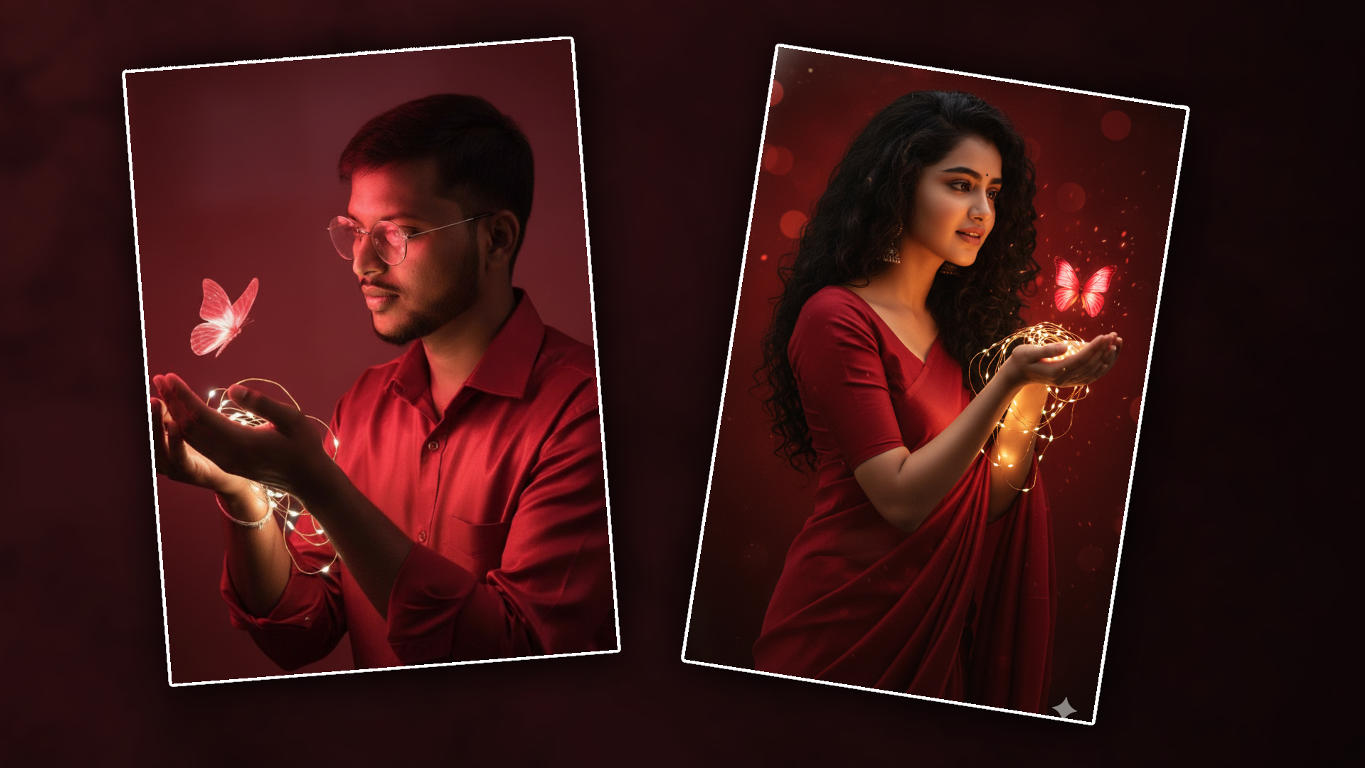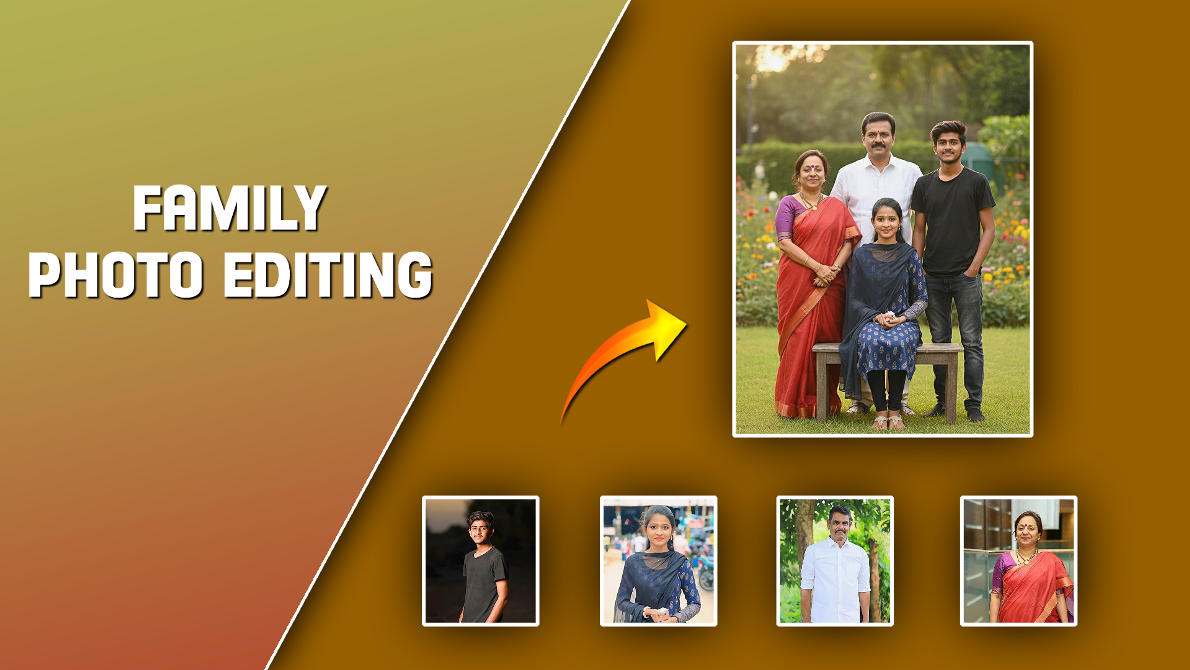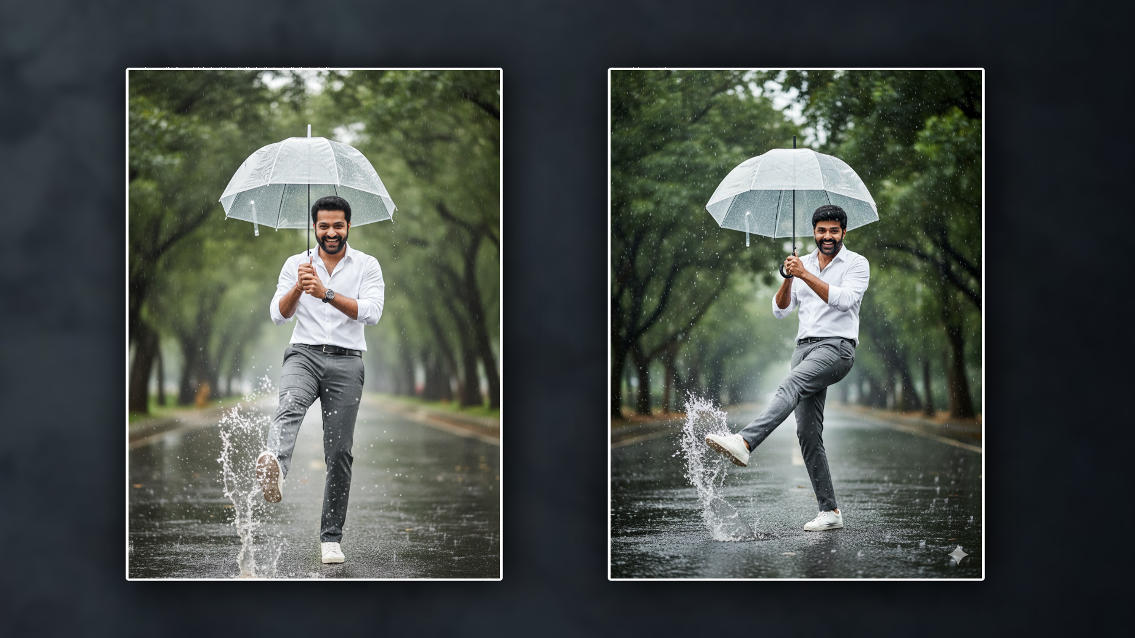Colour grading is a vital ability for video creators, which includes a professional touch and raising the seen appeal of your snapshots. In this complete manual, we are able to guide you through the approach of expert colouration grading the usage of the VN App, an effective but user-friendly mobile modifying device. Whether you are an aspiring filmmaker, social media influencer, or video fanatic, gaining knowledge of shade grading can drastically beautify the temper and great of your films.
What iColour or Grading and Why is it Important
Colour grading refers to the manner of converting the colours, tones, and well-known aesthetic of a video to enhance its mood, feel, and visual consistency. It is going past fundamental colour correction and includes manipulating various factors of the snapshots, which include assessment, brightness, saturation, and hue, to acquire a specific look.
In filmmaking and video production, colour grading can:
Enhance Storytelling: The proper colour palette can set the tone of the video, highlighting feelings or developing a specific setting.
Create Visual Consistency: Grading ensures that your pics in shape in terms of colour, making transitions seamless and keeping a uniform appearance in some unspecified time in the future of the video.
Highlight Key Elements: Professional colouration grading can draw attention to particular information, making it pop or blend into the background as needed.
VN App, with its intuitive interface and powerful capabilities, permits users to apply state-of-the-art colour grading techniques without needing immoderate-supply-up software or widespread experience.
VN App’s Interface for Colour Grading
Before diving into colour grading, let’s familiarise ourselves with the VN App’s interface, specifically the tools and features applicable to colour correction and grading.
1. Project Overview:-
When you open the VN App, you’ll land at the primary workspace. This is where you may import your pics and start improving. To begin shade grading:
Tap the Clip: Select the video clip you want to grade from the timeline.
Open the Adjust Menu: In the lower menu, you’ll see the ‘Adjust’ button, this is in which houses all your colouration grading devices.
2. Key Colour Grading Tools in VN App:-
VN App consists of several vital equipment for expert colour grading:
Brightness/Contrast: Adjust the general lightness and darkness of the video.
Saturation: Control the intensity of colours in your video.
Temperature: Alter the warm temperature or coolness of the shade or tone.
Shadows/Highlights: Fine-song the detail inside the darker and lighter additives of the image.
RGB Curves: An advanced characteristic for certain modifications of the purple, green and blue channels.
LUTs (Look-Up Tables): Pre-scolouring grading filters that supply your video a cinematic, stylised look.
Professional Colour Grading in the VN App
Now, permit’s break down the colour grading process into easy-to-follow steps. By the end of this manual, you’ll be capable of enhancing your video content with expert-level colour grading strategies through the use of the VN App.
Step 1:- Import Your Footage
Before you start grading, make certain that your footage is nicely imported into the VN App. You can import movies immediately from your telephone’s gallery or cloud storage, depending on where your content is stored.
Step 2:- Set the Mood with Basic Colour Corrections
The first step in colour grading is making fundamental colour corrections. This step ensures that your pictures appear natural and balanced before adding any stylistic touches.
Adjust Brightness and Contrast
Brightness:- Increase or decrease the brightness to make the picture lighter or darker. Avoid overexposing your photos except you’re going for a selected effect.
Contrast:- Boost evaluation to make the shadows darker and highlights brighter, giving the video greater depth and vibrance.
Fix White Balance (Temperature
Step 3:- Fine-Tune with Shadows and Highlights
Now that your video seems balanced, recognition for bringing out the finer details in every slight and dark area.
Shadows: Increase the shadow slider to deliver information in dark regions of the image. Be cautious not to beautify the shadoan excessively quantity of, as this can bring about a flat, useless appearance.
Highlights: Reducing the highlights can assist in maintaining detail in bright areas of your image. If your footage appears overexposed in vibrant areas, reducing the highlights can convey decreased back details.
Step 4:- Enhance Colours with Saturation
Saturation controls the intensity of the colours in your video. Boosting saturation ought to make the colours extra colourful, at the same time as lowering it will offer your photos a extra subdued look.
Increase Saturation: If your images appear stupid or vain, increasing the saturation can give them a pop of colouration. But keep in mind, an excessive amount of saturation can result in unnatural, overly brilliant shades.
Decrease Saturation: For a greater muted, cinematic, or perhaps black-and-white effect, lessen the saturation.
Step 5:- Use RGB Curves for Precise Control
If you’re aiming for an extra subtle customised colouration grade, use the RGB curves function to make special changes. The RGB curve helps you to adjust the depth of the pink, green, and blue channels, for my part, providing you with full manipulation over the colouration balance.
Red Curve:- Adjusting the purple curve can add a heat or cool tint to your images.
Green Curve:- The green curve influences the general stability of inexperienced individuals in the image.
Blue Curve:- Modify the blue curve for cooler or warmer tones.
By tweaking those curves, you may create an additional balanced and polished look or reap modern colouration grading patterns.
Step 6:- Apply LUTs (Look-Up Tables)
LUTs are a quick and effective way to add a stylised appearance to your video. VN App comes with numerous pre-loaded LUTs that may transform the overall aesthetic of your images with a single click.
Choose a LUT: Experiment with the available LUTs to see how they affect the colours for your video. LUTs could make your pictures appear antique, cinematic, or even surreal.
Adjust Intensity: Once a LUT is created, you can regulate its intensity to manipulate how strongly it influences your images.
LUTs are a splendid device for attaining a selected movie look or vibe, but they need to be used subtly, as they are able to affect the natural appearance of your snapshots.
Advanced Colour Grading Techniques in the VN App
For folks who want to push their colouration grading talents in addition, here are a few superior techniques to explore inside the VN App.
1. Creating a Filmic Look with Colour Wheels
Colouration wheels in the VN App permit you to control the colour or stability of the shadows, midtones, and highlights one at a time. This function is typically utilised in expert colour grading to offer the video a cinematic or “filmic” look.
Shadows: Adding a groovy tint to the shadows (which includes teal or blue) creates a contrast with heat highlights, producing a traditional “teal and orange” appearance.
Midtones: Adjusting the midtones can subtly trade the skin tones or different neutral areas on your video.
Highlights: Warmer highlights can create a sunny, uplifting appearance, while cooler highlights can add drama and a colder feel.
2. Colour Matching Across Clips
When running with a couple of clips, it’s vital to keep consistency in colour grading. VN App includes equipment that lets you copy colour or grading settings from one clip to another, making sure all clips have the same look and feel.
3. Skin Tone Adjustment
Maintaining natural-looking pores and skin tones is crucial for any video project, especially for interviews or beauty content. Use the colour grading gadget inside the VN App to isolate and achieve satisfactory skin tones, making sure they seem realistic and flattering.
Exporting and Sharing Your Graded Video
Once you are satisfied with your colour grade, it’s time to export your video.
Export Settings: VN App allows you to export in diverse resolutions and formats. Choose the export settings that fantastic in shape your wishes, whether or not or not you’re uploading to social media, sharing with customers, or preparing for a larger task.
Review Before Exporting: Before finalising your export, make sure to have a look at your video in complete to make sure that the colour grading stays regular in the course throughout all scenes.
Conclusion
Colour grading is a critical part of video editing, which could appreciably decorate the visual appeal and emotional impact of your pictures. With the N App, you’ve got to get access to to expert-grade gadget that can elevate your content to new heights. By following the steps noted in this manual, you can without issues grasp colouring and create lovable films that stand out in a crowded digital international.
Remember, exercise makes the best. The more you test with distinct grading strategies and refine your talents, the better your results might be. So, grab your telephone, begin grading, and remould your motion images into cinematic masterpieces!
Note: Please Follow These Steps for All Filters Luts
Step -1
Copy Below 👇 Bold text
Step -2
>>Open New Tap
>Paste the text you copied here and enter.
- Orange Luts 👇
https://www.mediafire.com/file/emp1s6l7d1jrel7/Background_Orange_Luts_by_Srikanth_Tech_Creator.zip/file
- Brown Tone Luts 👇
https://www.mediafire.com/file/9inru53nablk2cv/Brown_tone_Luts_by_Srikanth_Tech_Creator.zip/file
- Dark Tone Luts 👇
https://www.mediafire.com/file/kfbm8fb54spfao7/Dark_tone_Luts_by_Srikanth_Tech_Creator.zip/file
- Dark Black Tone Luts 👇
https://www.mediafire.com/file/gwf9lf6gnf3m2gc/DarkBlackTone_Luts_by_Srikanth_Tech_Creator.zip/file
- Face Whiting Luts 1 👇
https://www.mediafire.com/file/vbm23i5klvdo9l3/Face_Whiting_Luts_1_by_Srikanth_Tech_Creator.zip/file
- Face Whiting Luts 2 👇
https://www.mediafire.com/file/kjaugpjt7ezclcx/Face_Whiting_Luts_by_Srikanth_Tech_Creator.zip/file

